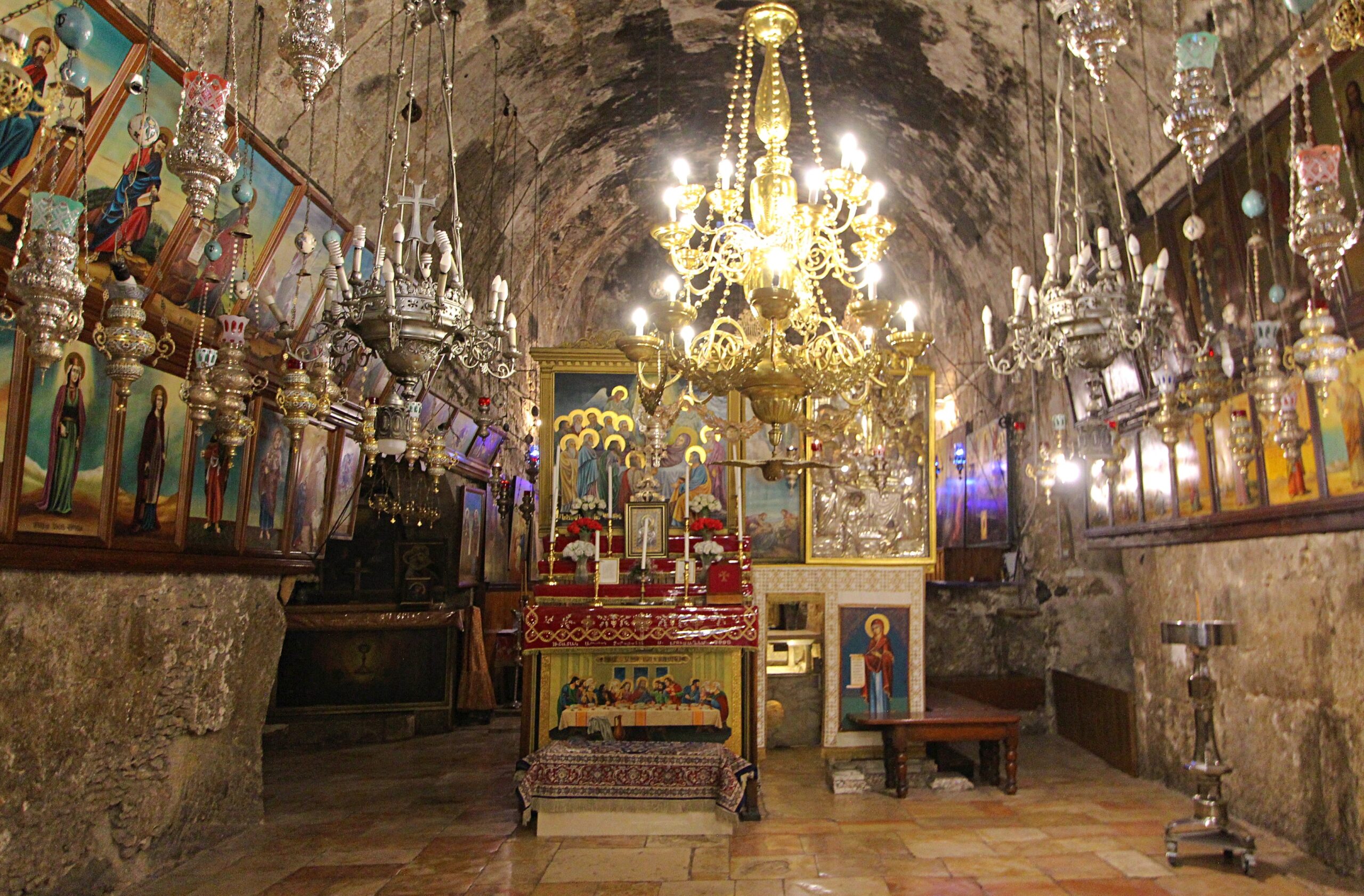
There are four (that I am aware of) different tombs for the Virgin Mary located in five different countries, plus two places marking her death. The most venerated is in Jerusalem, in the Kidron Valley a few steps away from the Garden of Gethsemane. This location is a grotto and named Church of the Sepulchre of Saint Mary. While it is a Greek Orthodox sanctuary, the Roman Catholics also worship here and it is under the same status quo agreement as the Church of the Holy Sepulchre. This location has been identified as Mary’s tomb as far back as the Byzantine period in 422 AD. The above photo is of the altar that encompasses the tomb (which is shown below). There is no archeological or first century sources that support this location.
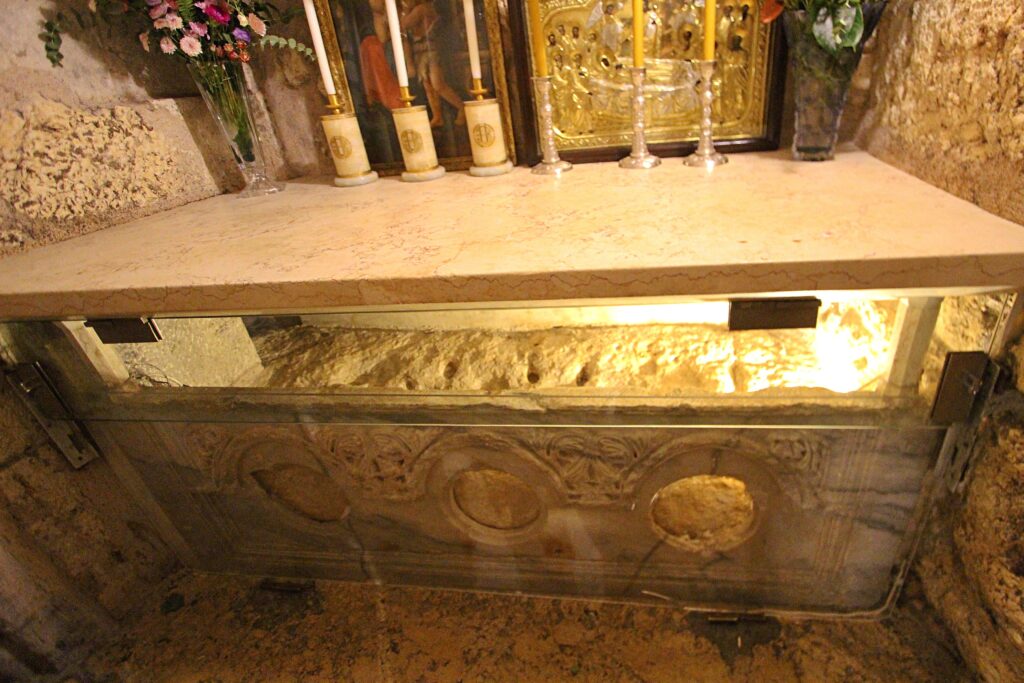
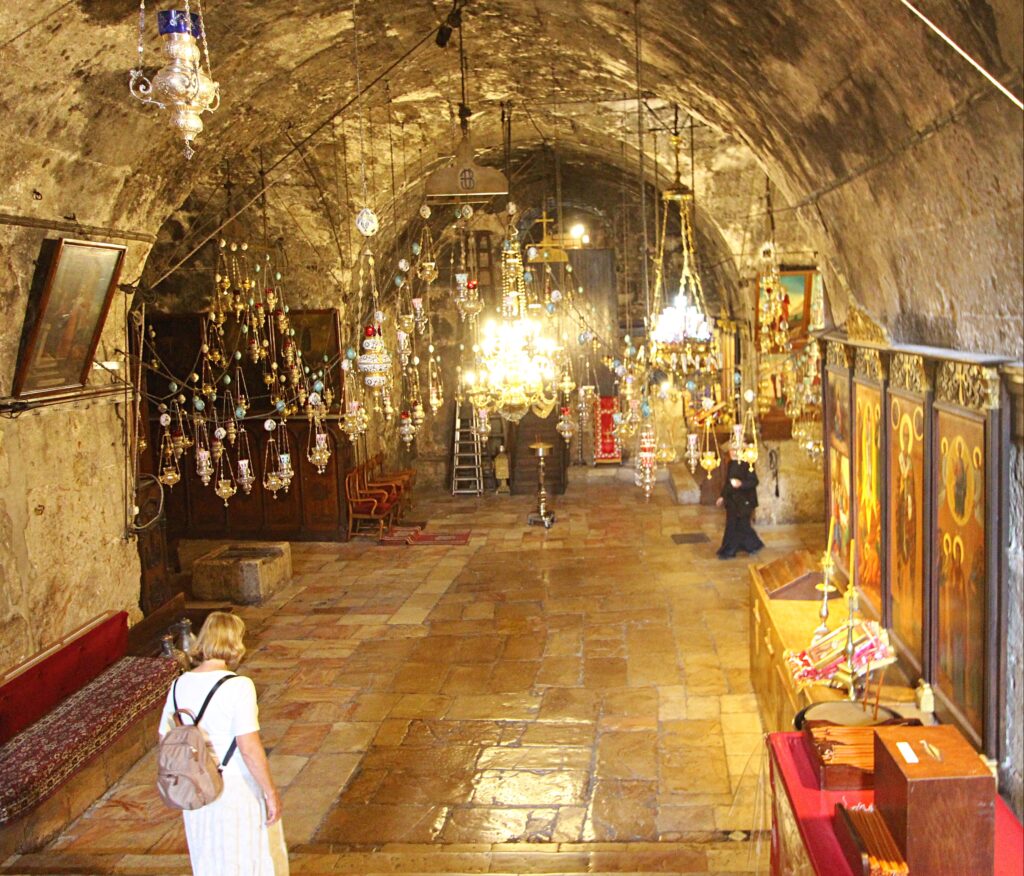
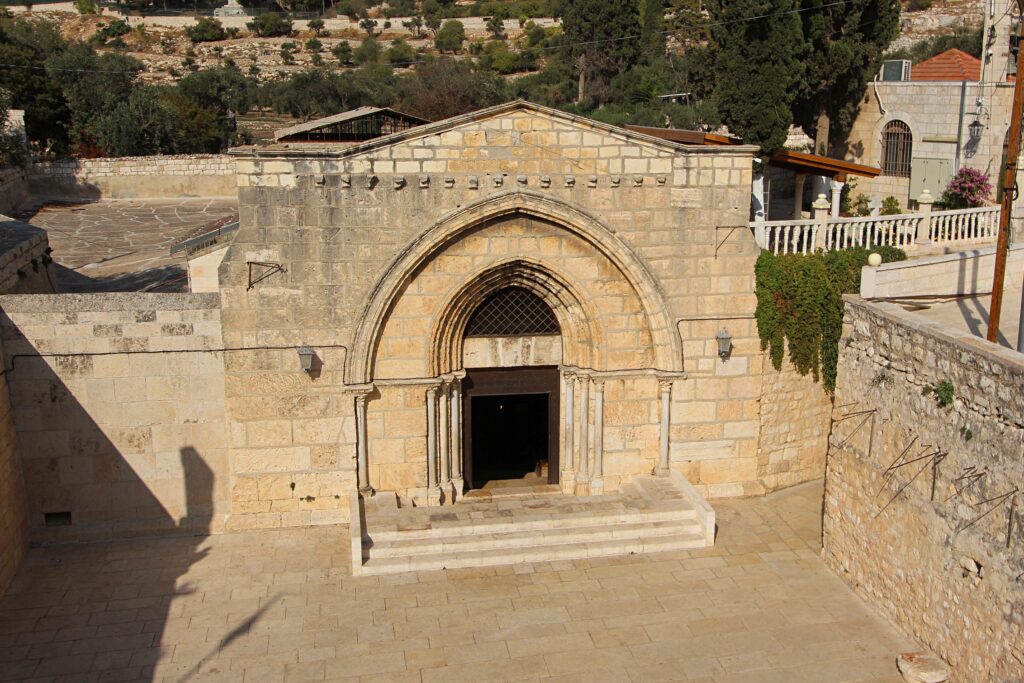
The other Jerusalem location is not a tomb, but the traditional location where Mary died. It is located on Mount Zion, a few steps away from The Last Supper in the Upper Room and Zion Gate. It is named The Dormition Abbey. It is a Roman Catholic abbey built by Kaiser Wilhelm II after his 1898 visit to the holy land. It was built on the site of a previous Byzantine church.


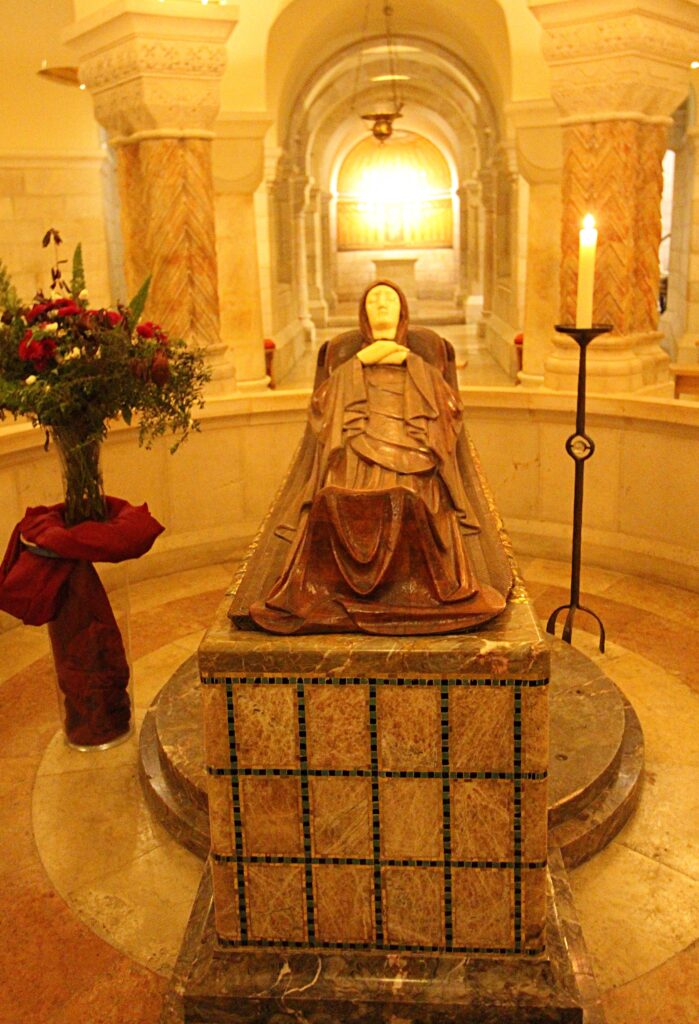
The other four locations of Mary’s death and/or burial I’ve listed in order of their importance (in my opinion): Ephesus, Turkey; Irbil, Iraq; Muree, Pakistan; and Mary, Turkmenistan. The last three have nothing other than local tradition to support their claim.
The scriptural references to the last days of Mary are non existent. Here is what we know. “Now there stood by the cross of Jesus his mother, and his mother’s sister, Mary the wife of Cleophas, and Mary Magdalene. When Jesus therefore saw his mother, and the disciple standing by, whom he loved [John], he saith unto his mother, Woman, behold they son! Then saith he to the disciple, Behold they mother! And from that hour that disciple took her unto his own home.” John 19:25-27.
Although John was from Galilee, he appeared to have resettled in Jerusalem for an unspecified time (Acts 3:1, 11; 4:13; 8:14). Paul mentions meeting with James, Peter, and John in Jerusalem, “And when James, Cephas [Peter], and John, who seemed to be pillars, perceived the grace that was given unto me, they gave to me and Barnabas the right hands of fellowship; that we should go unto the heathen, and they unto the circumcision.” Galatians 2:9. This epistle was written about 55-56 AD from Ephesus. The meeting with James, Cephas, and John takes place in Jerusalem at the beginning of Paul’s second missionary journey in Acts 14. The second mission began around 48-50 AD. However, James the brother of John and one of the original twelve apostles, was martyred previously in Acts 12:2 (about 44 AD). It is therefore believed that the James referred to in Galatians and Acts 14 is James the Just, the half-brother of Jesus, and author of the Epistle of James. So when Acts 14 takes place John is still residing in Jerusalem, this is about 48-50 AD. This would put Mother Mary at approximately age 66. Although this is very approximate, it makes it possible that Mary might have died of natural causes and was buried around Jerusalem. The last we hear about John was that he was exiled to the isle of Patmos (Revelation 1:9) in the 90’s AD and Mary would have certainly died before then.
That said, prior to John’s stay on Patmos, there is a tradition and some early church supporting records (about 100-159 AD), that John had previously spent time with each of the seven churches he names in the book of Revelation chapter’s 2 and 3: Ephesus, Smyrna, Pergamos, Thyatira, Sardis, Philadelphia, and Laodicea. Because of this, the House of Mary at Ephesus is possible, though less likely. Again, as in the Dormition Abbey above, this is not a tomb but held to be a place where she died. The Ephesus tradition can be traced no earlier than the twelfth century, while the Dormition Abbey as well as the Church of the Sepulchre of Saint Mary tradition are Byzantine (fourth-fifth century).
< Previous post on The Gates of Jerusalem
Next post about Where Jesus Told Peter to Feed His Sheep, and The Feeding of the Five Thousand >
Return to the Homepage
